
The foundation of a system for bookkeeping for restaurants is a well-defined chart of accounts. This categorizes your income and expenses into specific buckets, allowing you to track your financial performance effectively. The basic buckets are revenue, COGS, expenses, payroll, assets, liabilities, and equity.
Restaurant owners need to record every financial transaction. Whether it’s a sale, a purchase, or a payment, you need to record it in your bookkeeping system. You can use restaurant-specific bookkeeping software that offers features tailored to the industry. For example, you will find recipe costing, inventory management, and automatic COGS calculations. Alternatively, you can pick general accounting software that is not as specialized but can still be adapted for restaurant bookkeeping. A manual system using spreadsheets is also possible for smaller restaurants, but be cautious of errors and ensure proper organization.
COGS is a crucial metric for restaurants as it reflects the direct cost of the food and beverage items you sell. Track COGS with every sale using recipe costing (perpetual method). Regularly update your inventory levels and calculate COGS to understand your food cost percentage. This metric helps you determine your pricing strategy and identify areas for potential cost savings.
Regularly reconcile your bank statements with your bookkeeping records, too. This ensures that you have accurate records of all your transactions. Then you can identify any discrepancies that need to be addressed. Generate regular financial reports to gain insights into your restaurant’s financial health. Track your profitability, analyze your expenses, and monitor key metrics like COGS percentage.
Your Income Statement (Profit and Loss Statement) summarizes the restaurant’s revenue and expenses over a specific period. Key metrics reveal profitability and financial performance. These are revenue, COGS, gross profit, operating expenses, and net income.
The business balance sheet provides a snapshot of the restaurant’s financial position at a specific point in time. It shows your assets, liabilities, and owner’s equity. Your statement of cash flows details the cash inflows and outflows of the restaurant over a specific period. It categorizes cash flow from operating activities, investing activities, and financing activities.
These financial statements provide valuable insights for restaurant owners and managers. By analyzing them, they can:
Effective inventory management is vital in proper bookkeeping for restaurants. It ensures ingredients are always available to meet customer demand. It minimizes waste and reduces costs, and helps maintain consistent menu quality. The ideal system for you depends on several factors specific to your business. As we outline options below, think about the following:
With this system, you would do physical inventory counts at regular intervals. This determines the amount of inventory on hand and the cost of goods sold (COGS). You don’t make any ongoing updates to inventory records throughout a period. You then use purchase and sales figures to calculate ending inventory and COGS.
This system is generally easier to implement and maintain. However, it is not suitable for fast-moving inventory and doesn’t provide real-time inventory data. It’s less expensive to implement initially, but can lead to higher ordering costs due to potential stockouts.
This system is designed to continuously track inventory levels using software. The software updates inventory records whenever a purchase or sale occurs. This gives you real-time data to reduce the risk of stockouts and excess inventory. You need not only the software but barcode scanners, too, for efficient data entry. That usually means more staff training. The initial system setup cost is higher, but can lead to cost savings by minimizing inefficiencies.
Some businesses adopt a hybrid approach. They use a perpetual system for high-value or fast-moving items, and a periodic system for less critical or slow-moving inventory. Cloud-based inventory management systems are becoming more affordable and user-friendly, too. This makes perpetual systems more accessible for smaller businesses.
The common First-In-First-Out (FIFO) method ensures that you use the oldest stock first, reducing spoilage and waste. You can also adopt ABC analysis to categorize and prioritize stock control efforts by value rating.
Ensure recipes have specific measurements to determine the exact amount of each ingredient needed per dish. Conduct regular inventory checks to track usage and maintain accurate stock levels. Establish minimum stock levels for each inventory item to trigger reorder points and prevent stockouts.
Implement proper portion control techniques to minimize waste during food preparation. Develop good relationships with suppliers to negotiate favorable pricing and delivery schedules. Based on sales data, forecast future demand to optimize inventory purchases and avoid overstocking. Regularly analyze food cost percentages (COGS as a percentage of sales) to identify areas for improvement.
Restaurant finances involve a unique blend of sales tax collection and various potential deductions. They are generally required to collect sales tax on food and beverage sales. The exact rate varies depending on your location. Some states have separate sales tax rates for prepared food and groceries. Collected sales tax needs to be remitted to the relevant tax authority on a predefined schedule. You can deduct many ordinary and necessary business expenses related to running your restaurant. These can include COGS, payroll expenses, rent and utilities, marketing and advertising, repairs and maintenance, insurance, equipment depreciation, and professional fees.
In the competitive world of restaurants, effective budgeting and financial planning are crucial for survival and growth. Start by identifying short-term goals, such as increasing revenue or reducing food cost by a specific percentage, or saving for equipment upgrades. Then, establish long-term goals such as opening a new location, expanding your menu, or achieving a specific level of profitability.
Based on historical sales data, industry trends, and marketing initiatives, forecast your future sales revenue. Estimate your ongoing expenses (rent, utilities, payroll, COGS) considering potential fluctuations in some costs (food prices, utilities). This will help you create a budget. Then, determine your desired profit margin and allocate budget categories for all your restaurant’s expenses. Regularly track your actual income and expenses against your budget to identify variances and adjust your budget as needed.
Most restaurants use the accrual accounting method. This system recognizes revenue when earned (even if not received yet) and expenses when incurred (even if not paid yet). This provides a more accurate picture of your financial performance. You can also do cash basis accounting, but we recommend the accrual method.
Once you have the basic system set up, you need to establish a chart of accounts as outlined above. Then you can select software. We recommend a tool that was created to handle bookkeeping for restaurants specifically. Consider software like Restaurant365 or Toast. You can also use a tool like QuickBooks Online and get restaurant-specific add-ons. With that, start creating accounts within your chosen software based on your chart of accounts. Link your business bank accounts and credit cards to the software for automatic transaction imports. Maintain separate bank accounts for business and personal finances.
Don’t forget to establish a system for tracking inventory levels. We recommend that you add it within your chosen software rather than a separate inventory management system. Conduct regular inventory checks to maintain accurate records. Explore features within your software to automate repetitive tasks like data entry for invoices or receipts. Develop a system for recording all sales transactions, including dine-in, takeout, and delivery. Make sure that whatever you set up, cash, credit card, and other payment methods are properly recorded.
Schedule regular reconciliations to compare your bank statements with your bookkeeping records. This ensures all transactions are recorded accurately and identifies any discrepancies. Implement a system for storing receipts, invoices, and other financial documents for tax purposes and record-keeping.
Every sale, whether dine-in, takeout, or delivery, needs to be meticulously recorded in your bookkeeping software. Most restaurant POS (Point-of-Sale) systems integrate with your bookkeeping software, automatically transferring sales data. If you don’t have an integrated system, manually enter sales data daily, categorizing them appropriately (food, beverages, etc.).
Prepare a daily deposit slip that details all cash sales and ensure it matches your POS sales report. Deposit cash takings from the day into your business bank account. Some POS systems allow night deposits directly to the bank, streamlining this process.
When you receive invoices from suppliers for food, beverages, or other items, enter them into your bookkeeping software promptly. Categorize the expense accurately (e.g., food cost, beverage cost, supplies). This makes the bulk of bookkeeping for restaurants easier.
If you process payroll in-house, factor in daily timesheets or attendance records to calculate employee wages and withholdings. Some bookkeeping software integrates with payroll services, automating these tasks.
Record any other business expenses incurred (petty cash, minor repairs, etc.). Review and approve any pending bills or invoices. Address any discrepancies identified during reconciliation processes.
Correct bookkeeping for restaurants begins with compliance. Ensure that you are following all federal, state, and local labor laws regarding minimum wage, overtime pay, and tax withholdings. Choose a user-friendly payroll system specifically designed for restaurants, or consider outsourcing payroll processing to a reputable service. Maintain accurate employee time records and pay rates to ensure proper payroll calculations. Popular methods include time clocks with biometric readers or online timesheet systems. Withhold federal and state income taxes, FICA (Social Security and Medicare), and any applicable state or local taxes from employee wages. Determine a consistent pay schedule (weekly, bi-weekly, etc.) and ensure timely payments to your employees.
Develop a streamlined hiring process to find qualified and reliable employees. Implement a well-structured onboarding program to train new hires on your restaurant’s policies, procedures, and menu items. Create efficient employee schedules that consider workload, employee availability, and labor cost goals. Scheduling software can streamline this process. Invest in ongoing training programs to develop your employees’ skills and knowledge. Ensure that each one can provide exceptional customer service. Maintain clear and open communication with your employees. Regularly address concerns and provide feedback to motivate and retain your team. Monitor labor costs as a percentage of sales to ensure they stay within budget. Analyze scheduling patterns and identify areas for optimization.
Consider offering competitive benefits packages to attract and retain qualified employees. Prioritize fostering a positive work environment with opportunities for growth and recognition. This keeps employee morale high and reduces turnover. Stay up-to-date on labor law changes that might impact your restaurant. For example, keep abreast of minimum wage increases and overtime regulations.
Financial reporting and analysis is vital to profitable bookkeeping for restaurants. It provides valuable insights into your restaurant’s financial health, performance, and areas for improvement. But you must maintain accurate and detailed records at all times to gain the benefits. Keep invoices, receipts, and other documents as proof of your business expenses.
Your Profit and Loss (P&L) Statement is the summary of your restaurant’s revenues and expenses over a specific period. It reveals your net profit (or loss) and highlights areas where you generate income and incur expenses.
Your Balance Sheet provides a snapshot of your restaurant’s financial position at a specific point in time. It shows your assets (what you own), liabilities (what you owe), and owner’s equity (the difference between assets and liabilities).
Your Statement of Cash Flows details the inflows and outflows over a specific period. It shows how your cash is generated and used, indicating your ability to meet short-term financial obligations.
Compare your financial reports over time to identify trends in revenue, expenses, and profitability. Compare your restaurant’s financial ratios to industry benchmarks to assess your performance relative to competitors. Analyze your reports to pinpoint areas where your restaurant excels (e.g., high gross profit margin) and areas that require improvement (e.g., high labor costs).
Remember that financial reporting and analysis are not just about numbers. They are a roadmap to your restaurant’s success. By understanding and using these tools effectively, you can gain control of your finances, make data-driven decisions, and navigate your restaurant towards long-term prosperity.

Our bookkeeping services for restaurants are next level! All of our bookkeepers and accountants in-house have years of experience handling finances for restaurants.

We're process people that like to keep things simple. We'll set your restaurant books up so that they are powered by proven processes.

Work with a dedicated team of bookkeepers that provide fast communication and proactive insights into improving your restaurant financials.

We work hard to be proactive for your restaurant books. Our goal is to develop a long term relationship where you know your books are in good hands.
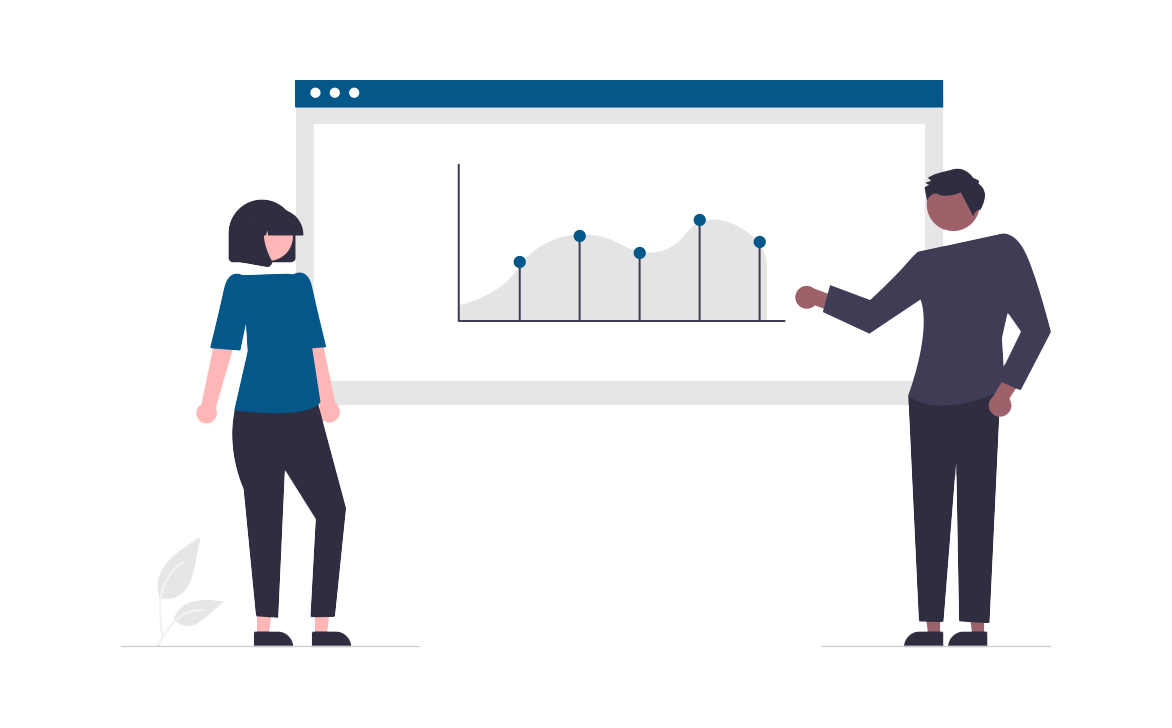
We provide you with a detailed Profit and Loss, Balance Sheet, and Cash Flow statement by the 14th of every month.

We prepare all of your monthly reports so that they are 100% tax compliant and ready for year end taxes.

Planning to sell? Or just want strategic financial advice? Work directly with our financial experts for monthly advice.
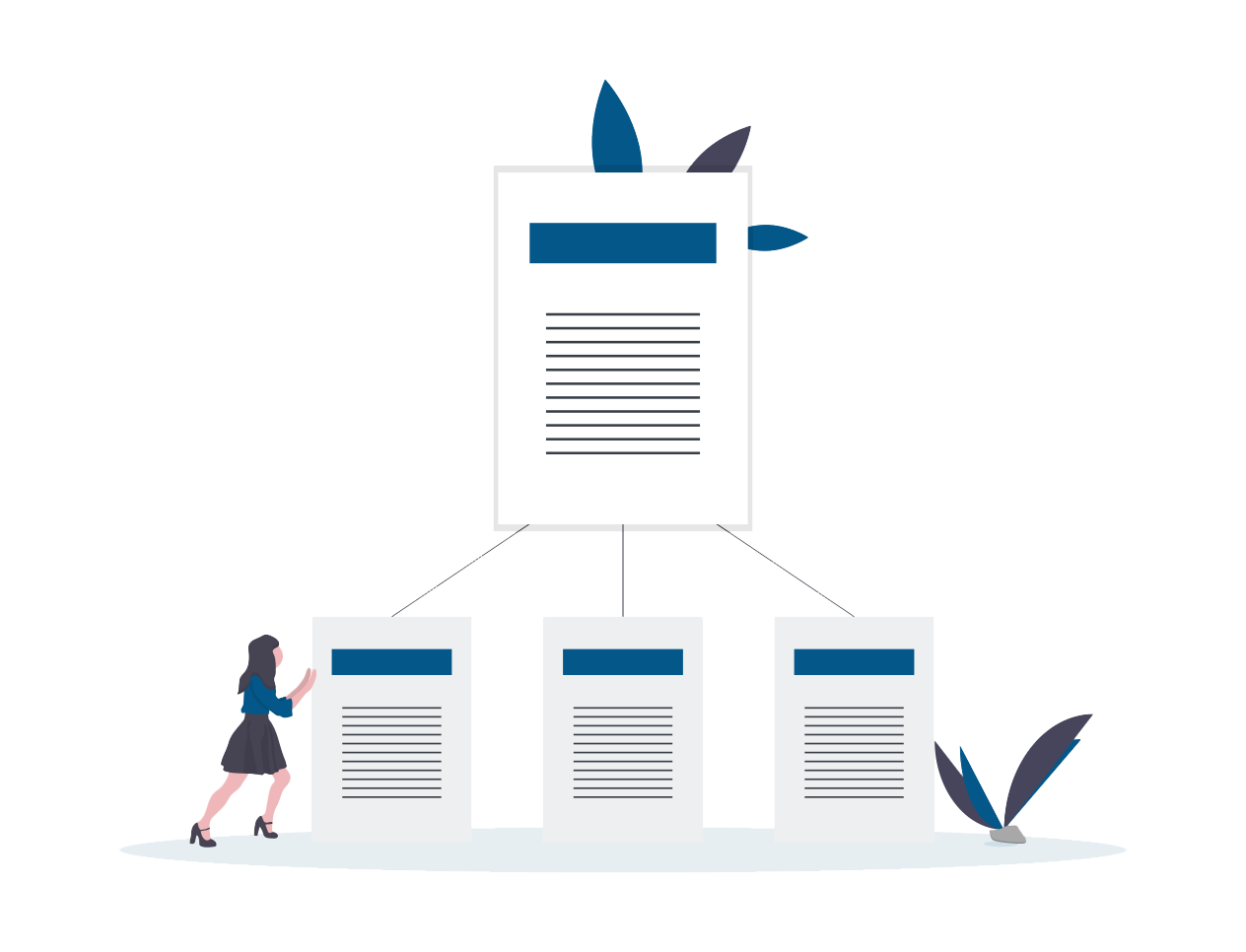
Behind on your restaurant bookkeeping? No worries! We'll get you caught up in no time for a reasonable price.
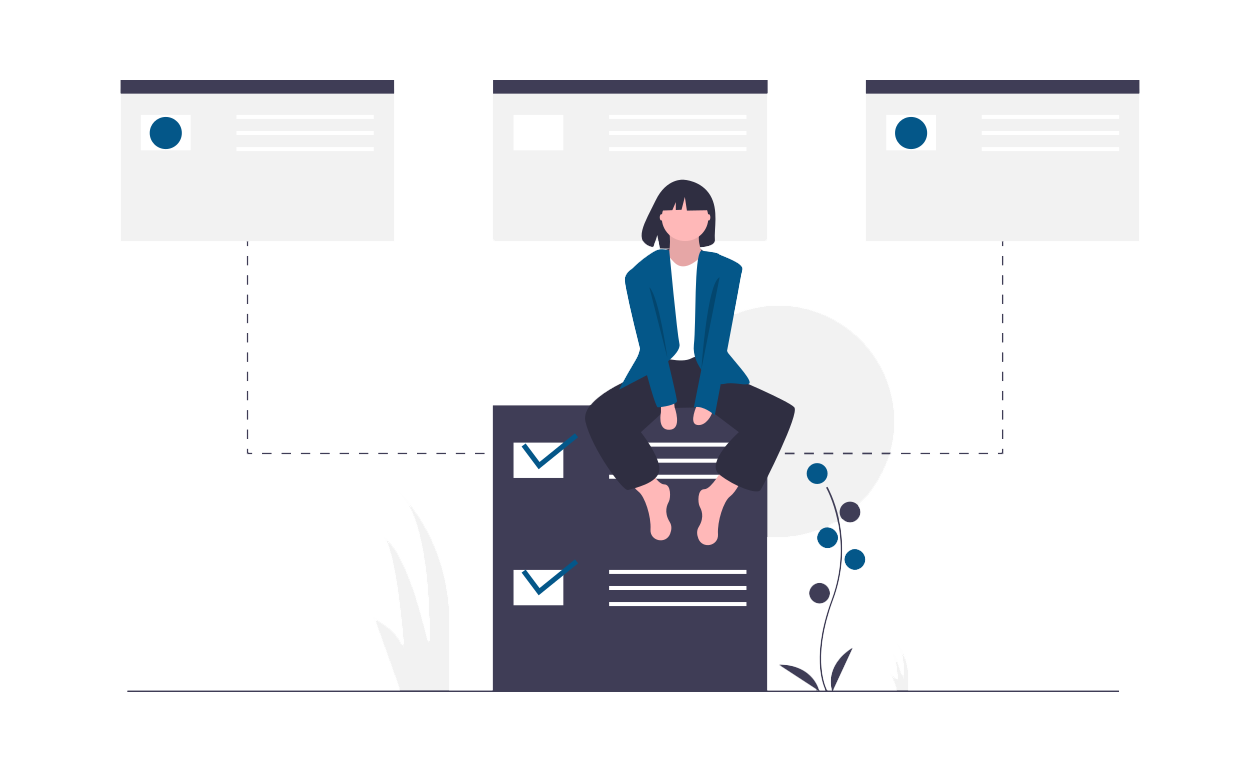
We keep your inventory records up to date multiple times throughout the year so you can see how much you have in inventory.
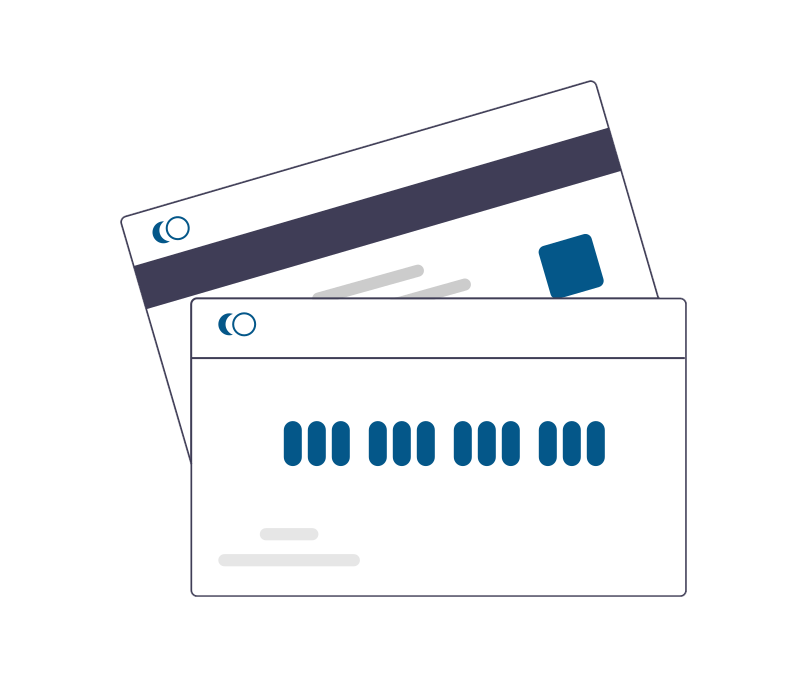
We understand restaurants -- and how to properly classify their fees so you know your numbers accurately.
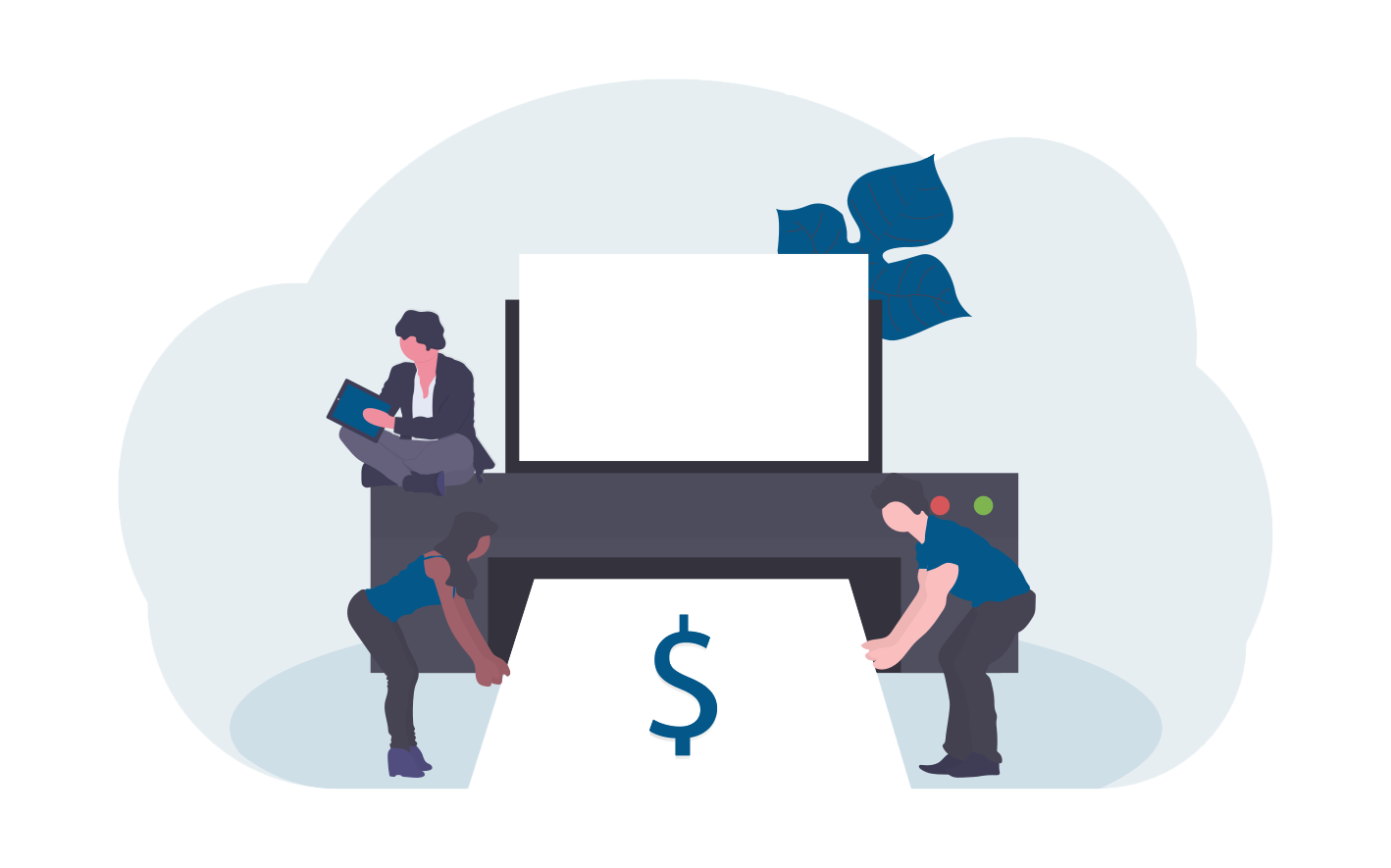
We work with you to understand the sales tax obligations you have selling in different states and countries.

Have other bookkeeping services you need for your restaurant? Set up a call to chat with us about your unique needs.
First and foremost, we’re online bookkeeping experts. We cater to restaurants, nonprofits, influencers, freelancers, startups, agencies, software companies, coaches, consultants, course owners, creators, service providers, and anyone that is selling their products or services online.
Here’s what we focus on:
In addition, we’re a bookkeeping company built by online entrepreneurs. Our founders, Nathan Hirsch and Connor Gillivan, were 8 figure sellers themselves and then built and sold their second business, FreeUp.
We take the time to get to know your online business, balance the books, then provide you with monthly reports. We provide you with a monthly Profit and Loss Statement, Balance Sheet, and Cash Flow Statement.
We also offer business specific customized reports, employee payroll reports, AP & AR management, paying invoices, running payroll, and much more. If there’s a service you need that’s not on this page, simply get started and speak with us about it.
We offer cash basis bookkeeping. If you are an eCommerce seller, you can visit our sister company, EcomBalance, where we offer sales and COGS on an accrual basis, but everything else on cash.
To get started, all you have to do is:
With that information, we’ll dive in to truly understand your business and provide you with a custom pricing quote for working together.
During your first month, you won’t be charged and we’ll complete the bookkeeping of your previous completed month in business. We’ll show you why working with us is high level and you’ll be able to meet your dedicated, online Bookkeeping team.


You’ll get our Entrepreneur Bookkeeping Guide, our Monthly Finance Meeting Agenda, & a few surprises!